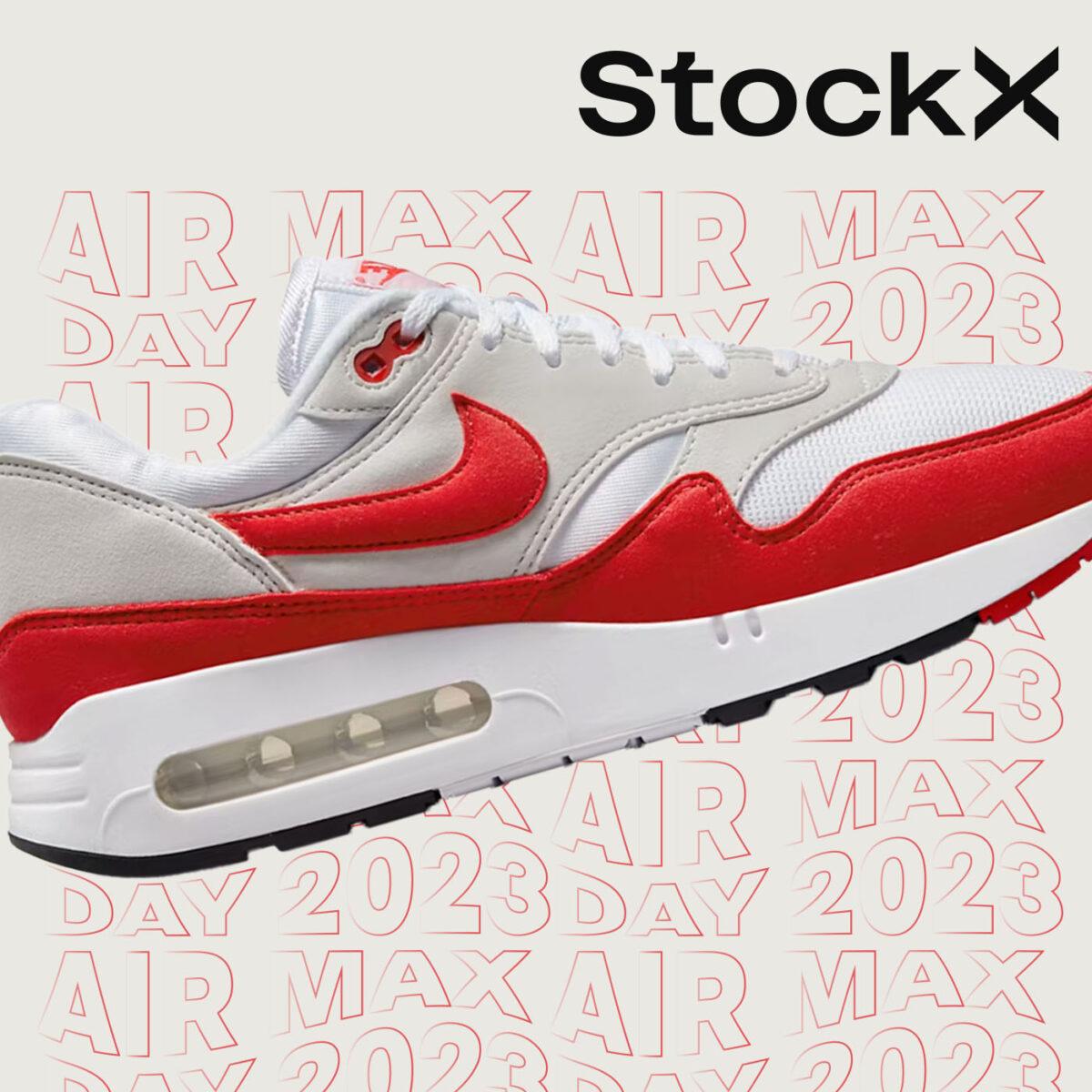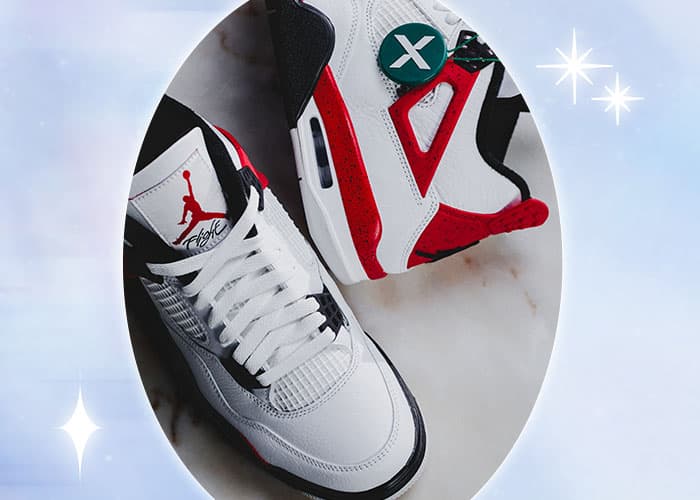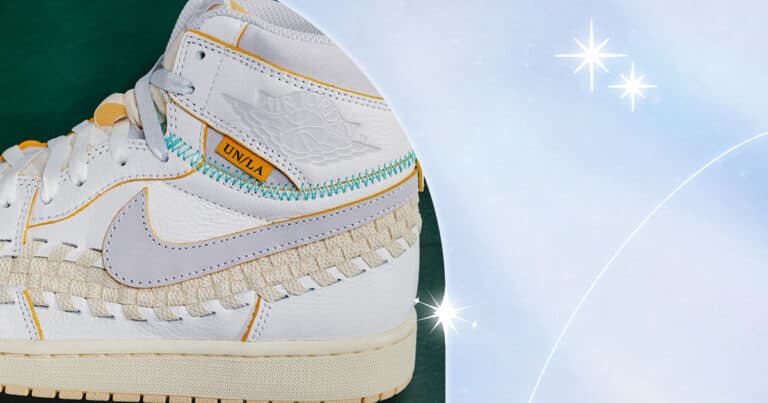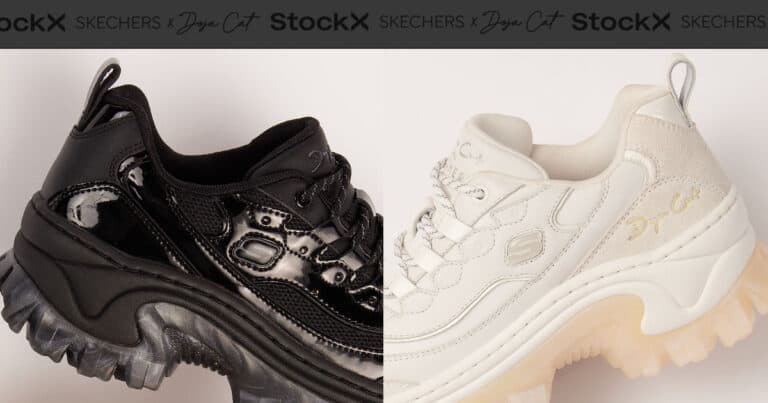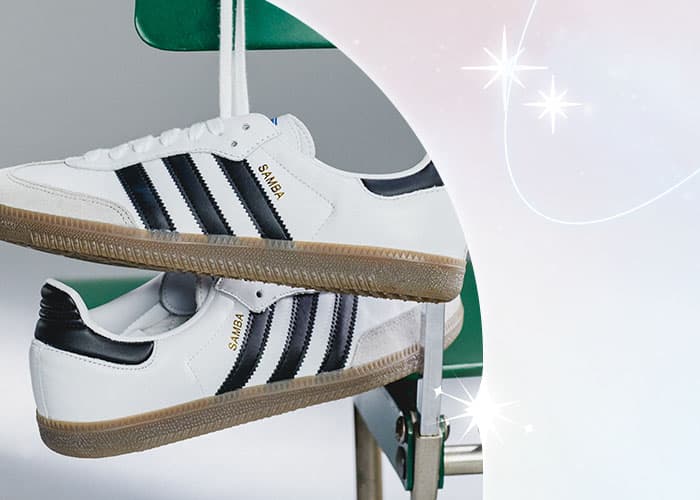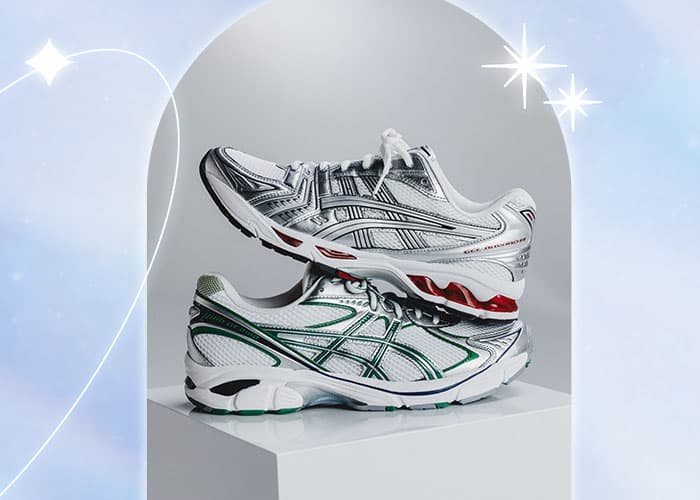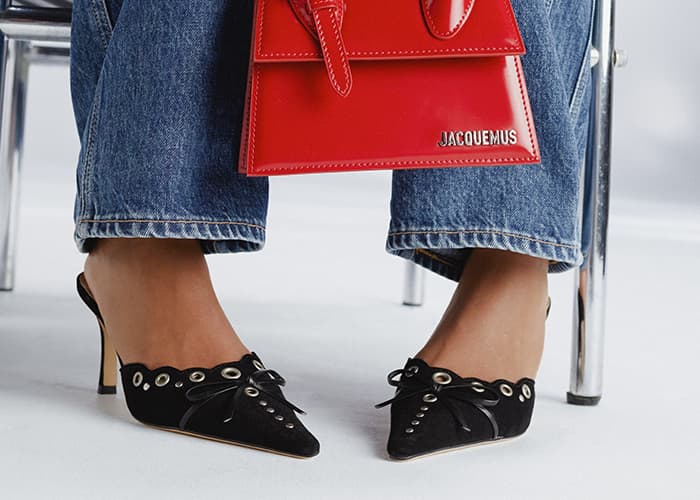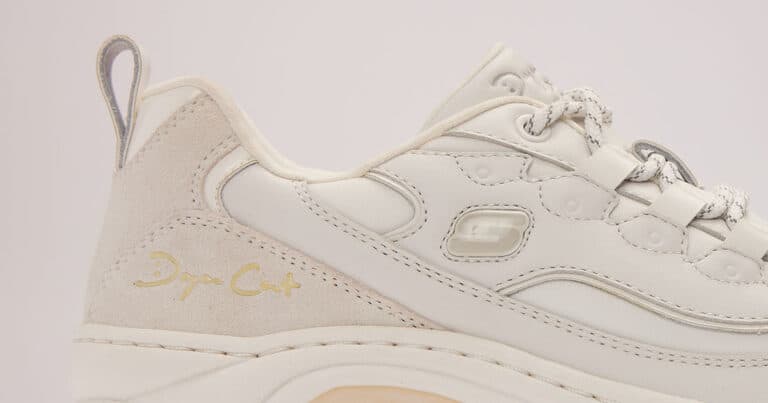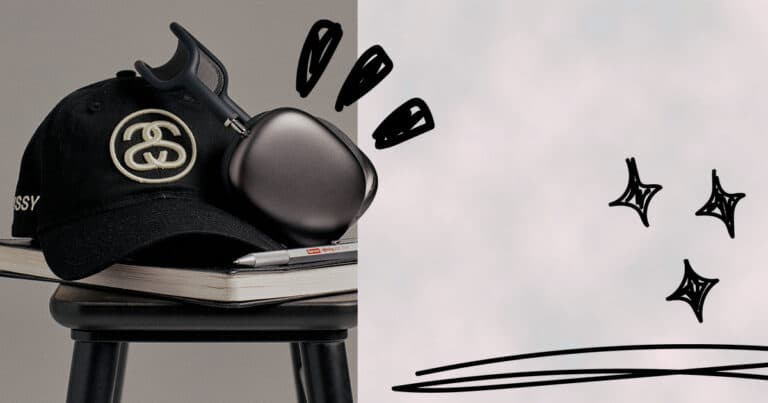
The story of how Nike and Tinker Hatfield managed to bring the first Air Max 1 to life in 1987 is now well known. What is less well known, and often overlooked by many, are the facts prior to the advent of the Air unit visible with the first Air Max 1. Like any story worth telling, the Air Max 1 is marked by dreams, failures, twists and turns, and successes, and we want to tell you about them today.
And to do so, we have to introduce one of those shoes that unfortunately never got the proper consideration within sneaker culture: the Air Tailwind.
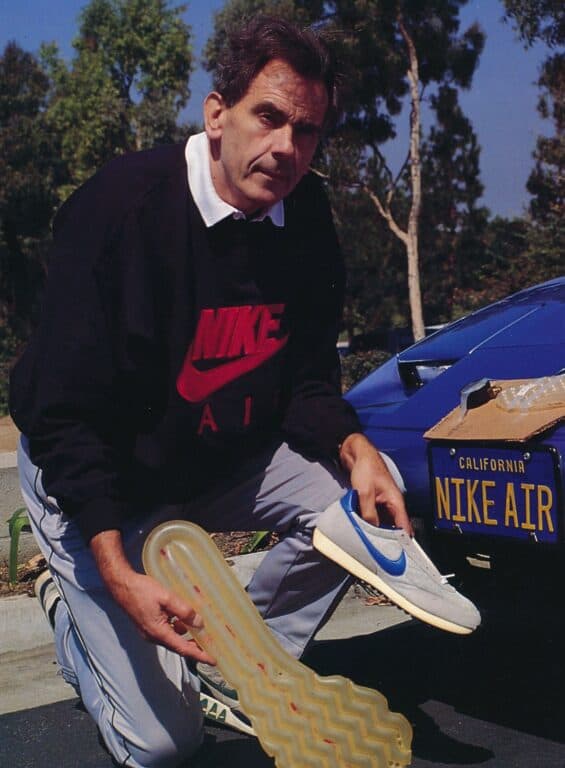
Franklin Rudy. Photo by Nike.
In 1977 Franklin Rudy, a former aerospace engineer, proposed his revolutionary idea to Phil Knight. Franklin developed a technology that includes a pressurised air unit inside a urethane bag, both flexible and durable, that compresses on impact with the ground and then immediately resumes its original shape for maximum energy return. Phil Knight was immediately impressed with Franklin’s design. In the months following their meeting, Phil, Franklin, and the Nike design team created what would enter history as the first shoes to boast Air technology in the midsole: the Air Tailwind. In 1978, at the Honolulu Marathon, the Air Tailwind officially debuted. While the Air Tailwind presented a conceptually revolutionary technology, it had several problems at the production level. The costs involved in producing the Air Tailwind are very high, and the sole is too fragile to temperature changes over time. It is well known that in the years following its official launch, Nike lost quite a lot of money on the model development.
The “failure” of the Air Tailwind would bring to Nike what would later become the real revolutionary idea: to create a shoe that could show people the technology they were running on. In 1980, Nike’s design team tried a few experiments with the upper of the Nike Mariah used by Alberto Salazar and a fully visible polyurethane sole. Still, the samples produced were not solid, and the midsole flaked off easily.
The twist comes in 1983 when Nike hires a young Tinker Hatfield as an architect to build some offices. The thing we always like to point out is the fact that the step from architect to sports shoe designer was a very short one. In 1985 Tinker Hatfield, Mark Parker and the Nike design team, inspired by the structure of the Centre Pompidou in Paris designed by Renzo Piano, set to work to create what would go down in history as the first shoe with a visible Air unit in the midsole: the Air Max 1

Photo by Nike
At this point, our story might end with the classic sentence, “the rest is history,” but the first Air Max 1s are not those of 1987. And no, we are not talking about the Air Max Zero!
For years it has always been thought that the Air Max 1, as we know them today, were actually the first shoes in history to feature the visible Air unit in the midsole, and in a way, that might be true as well, but, even before 1987, Nike had the Air Max 1 ready. Let’s take a step back and clarify.
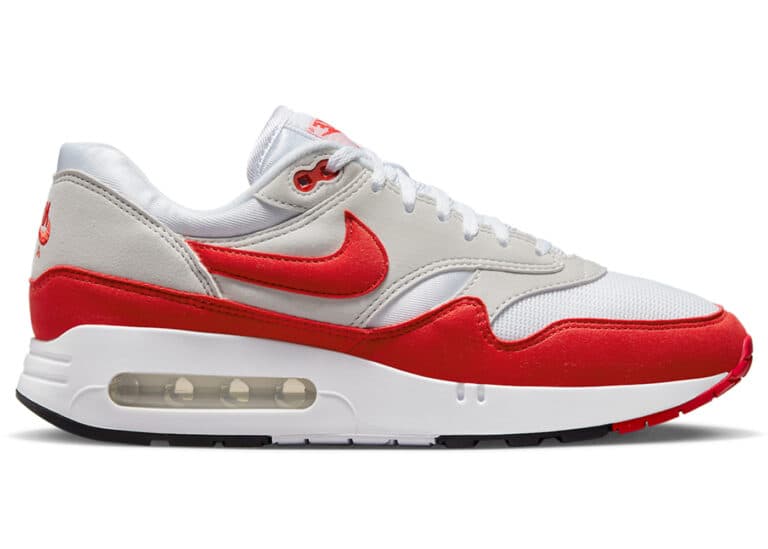 After some “unsuccessful” experiments, 1986 finally brought us closer to the final result. Indeed, among the many samples produced was the Air Max 1 Big Bubble, named so because of its huge air bubble in the midsole. While the huge bubble is truly fascinating on an aesthetic level, the Air unit, unfortunately, does not hold up because of the lack of solidity. Nike, in fact, does not yet have EVA soles at the time, so it is forced to build them in several parts and then assemble them later. Nike’s design team manages to get around the problem by resizing the bubble and producing the sole in one piece.
After some “unsuccessful” experiments, 1986 finally brought us closer to the final result. Indeed, among the many samples produced was the Air Max 1 Big Bubble, named so because of its huge air bubble in the midsole. While the huge bubble is truly fascinating on an aesthetic level, the Air unit, unfortunately, does not hold up because of the lack of solidity. Nike, in fact, does not yet have EVA soles at the time, so it is forced to build them in several parts and then assemble them later. Nike’s design team manages to get around the problem by resizing the bubble and producing the sole in one piece.
It is Tuesday, March 26, 1987, when during one of the commercial breaks of “The Cosby Show,” Nike introduces the world to the first Air Max 1. Unlike what people normally think, the version that appears in all the marketing campaigns of the time and initially lands on store shelves is actually the Air Max 1 Big Bubble. The motivation is simple, with a launch date already set and the design already nearly completed, Nike could not afford to downsize the sole in the process. Only a few months later, Nike will replace the “Big Bubble” with the Air Max 1s we know today.
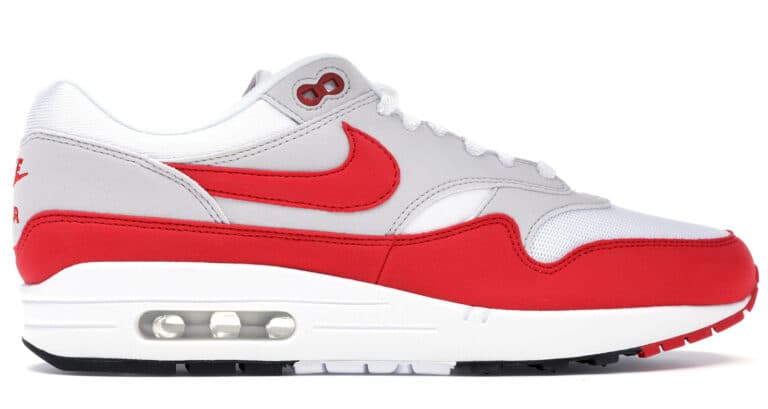
Success was immediate. In the first year alone, Nike sold over one million Air Max 1s. Now we can say “the rest is history”.


